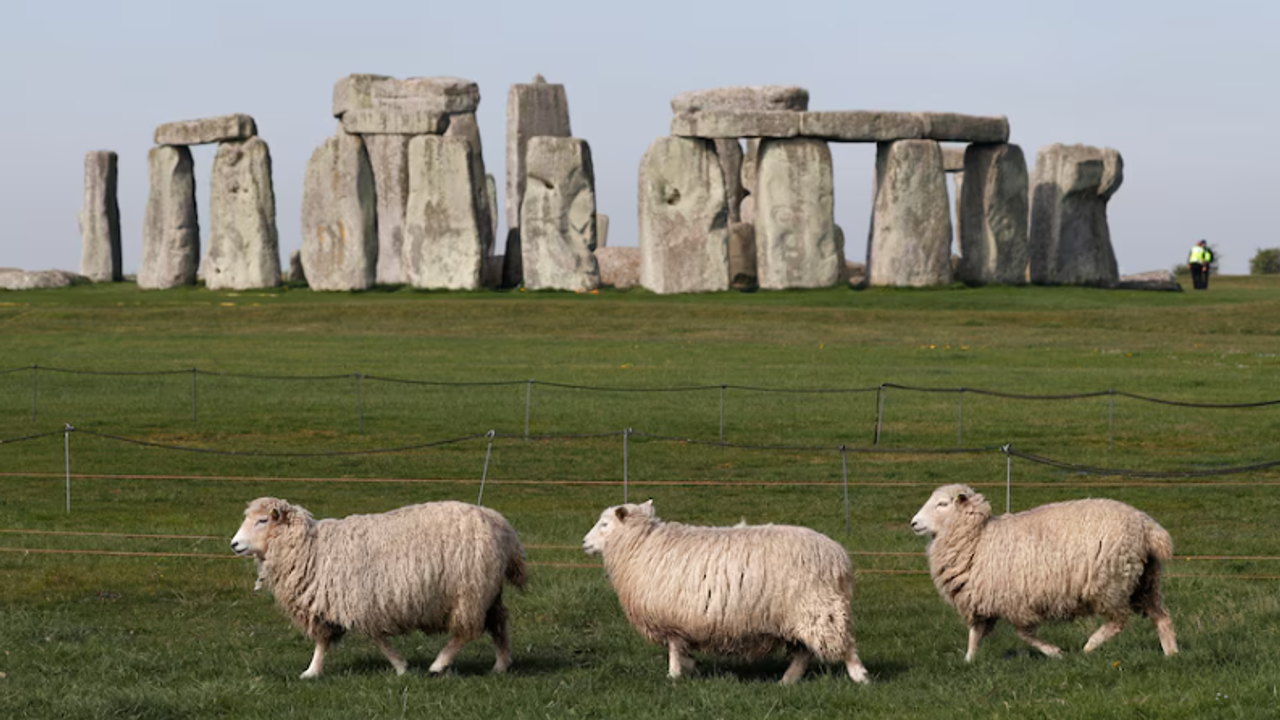Archaeologists, who’ve spent countless hours studying this mysterious monument, are now having a collective facepalm moment. After all, how could they have missed the fact that one of Stonehenge’s central pieces was actually a tourist from up north? The Altar Stone’s origins have been traced back to a Scottish quarry, where it probably had grand dreams of being a part of something epic—like standing stones with a view, maybe near a loch. Instead, it was dragged south and stuck in the middle of a prehistoric circle, surrounded by stones that spoke a different dialect.
So, what’s next for the Altar Stone? A return to its homeland? A new name? Perhaps a tell-all book about its journey? Whatever happens, one thing’s for sure: Stonehenge will never be the same, and neither will the egos of the archaeologists who missed this plot twist.
In a move that would make even the most commitment-phobic millennial ghost jealous, a massive stone from Stonehenge has apparently packed its metaphorical bags and relocated to Scotland. Archaeologists, still blinking back the disbelief, are left scratching their heads and wondering if Stonehenge is planning a full-on yard sale next.
The renegade stone, affectionately nicknamed "Craig the Crafter" by researchers for its oddly smooth surface (possibly from millennia of fidgeting tourists), vanished from its usual spot on the summer solstice, a time historically associated with druidic shenanigans and, apparently, spontaneous interdimensional travel.
"We were doing our routine solstice sunrise headcount," lamented Dr. Fiona MacSporran, a weary-looking archaeologist who vaguely resembled a bloodhound that had just unearthed a particularly pungent bone. "One minute Craig was there, casting a dramatic shadow, the next – poof! Gone like a Roman chariot in a dust storm."
Initial fears of a disgruntled druid curse were quickly dispelled when Craig the Crafter reappeared, plopped down rather unceremoniously in a field near Callanish, a smaller, slightly less tourist-trap stone circle in Scotland.
"We were having our annual haggis-hurling competition," explained a bewildered Angus McTavish, a local shepherd, "when this giant grey lump just materialized out of thin air. Nearly scared the haggis right out of Fergus's kilt!"
Experts are baffled. Theories range from a case of severe megalithic wanderlust to a celestial Uber mix-up. "Perhaps Craig just needed a change of scenery," mused Dr. MacSporran, her voice heavy with sarcasm. "Maybe Stonehenge wasn't all it was cracked up to be – too many tourists, not enough decent苔藓 (táo xiān, moss) options for a growing stone."
Social media, naturally, had a field day. Memes depicting Craig the Crafter lounging on a beach with a cocktail umbrella sprouted faster than Stonehenge-themed fridge magnets. #StonehengeSingle and #CraigTheWanderer trended worldwide, with some commenters suggesting the stone was simply following its prehistoric GPS.
Meanwhile, archaeologists are left with a very real problem. How do you convince a multi-ton stone with an apparent travel bug to return home? Threats of exposure to budget cuts and mandatory participation in museum gift shop tours seem unlikely to sway Craig. Perhaps a well-placed offering of single-malt scotch and a promise of peace and quiet will do the trick. Until then, Stonehenge stands a little less imposing, a gaping hole remaining where Craig once stood, a silent testament to the restless spirit that apparently dwells even within ancient stones.















